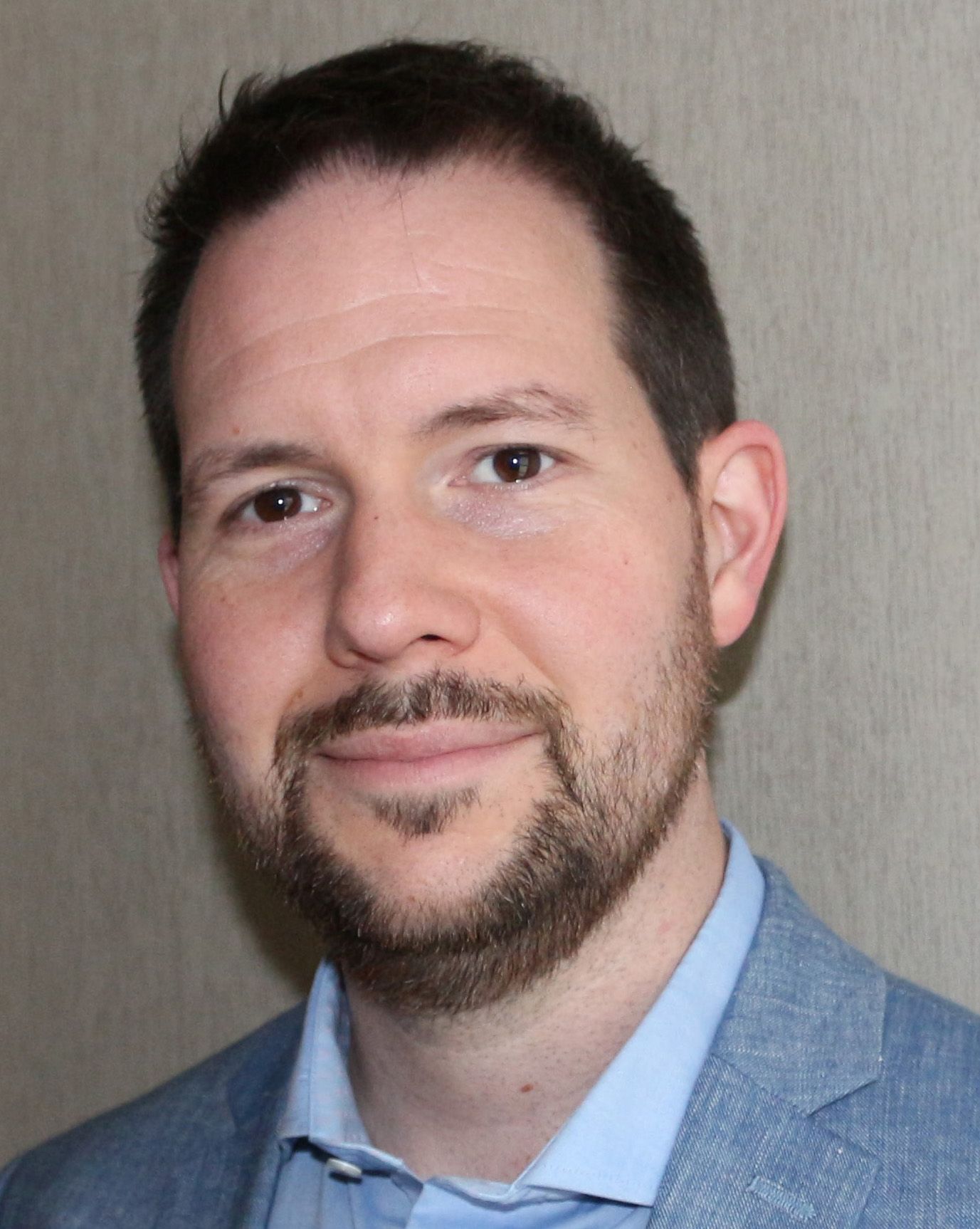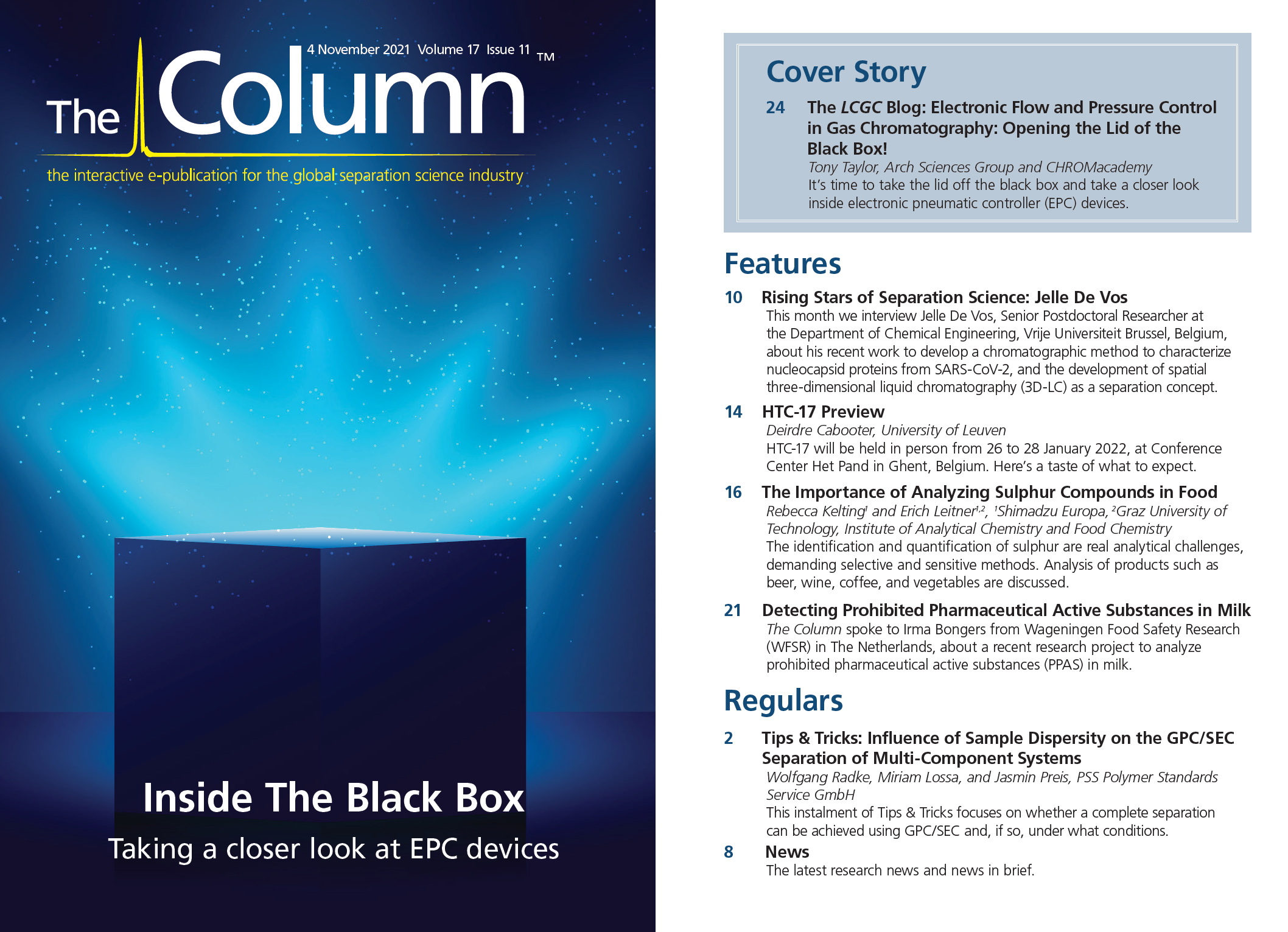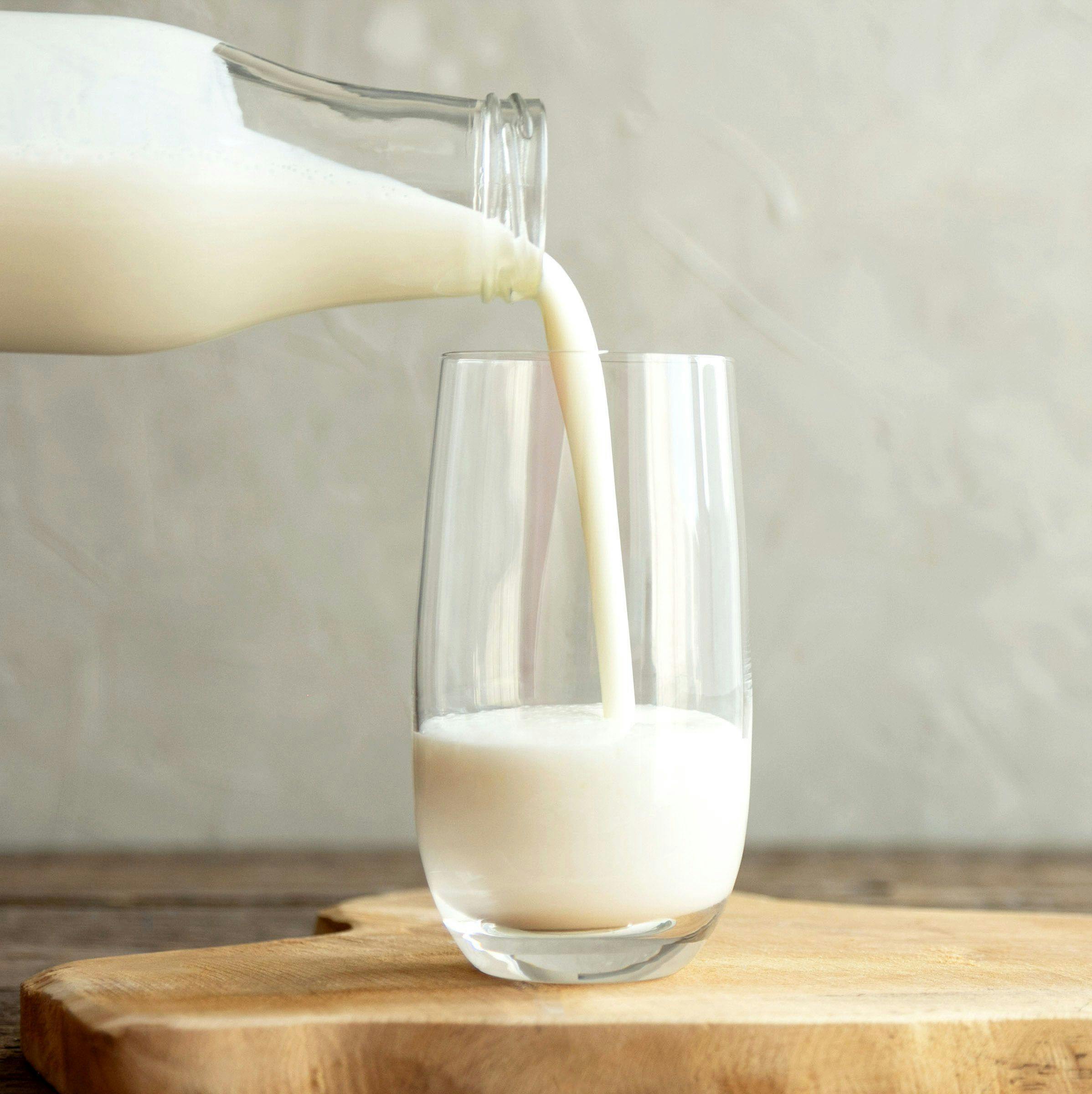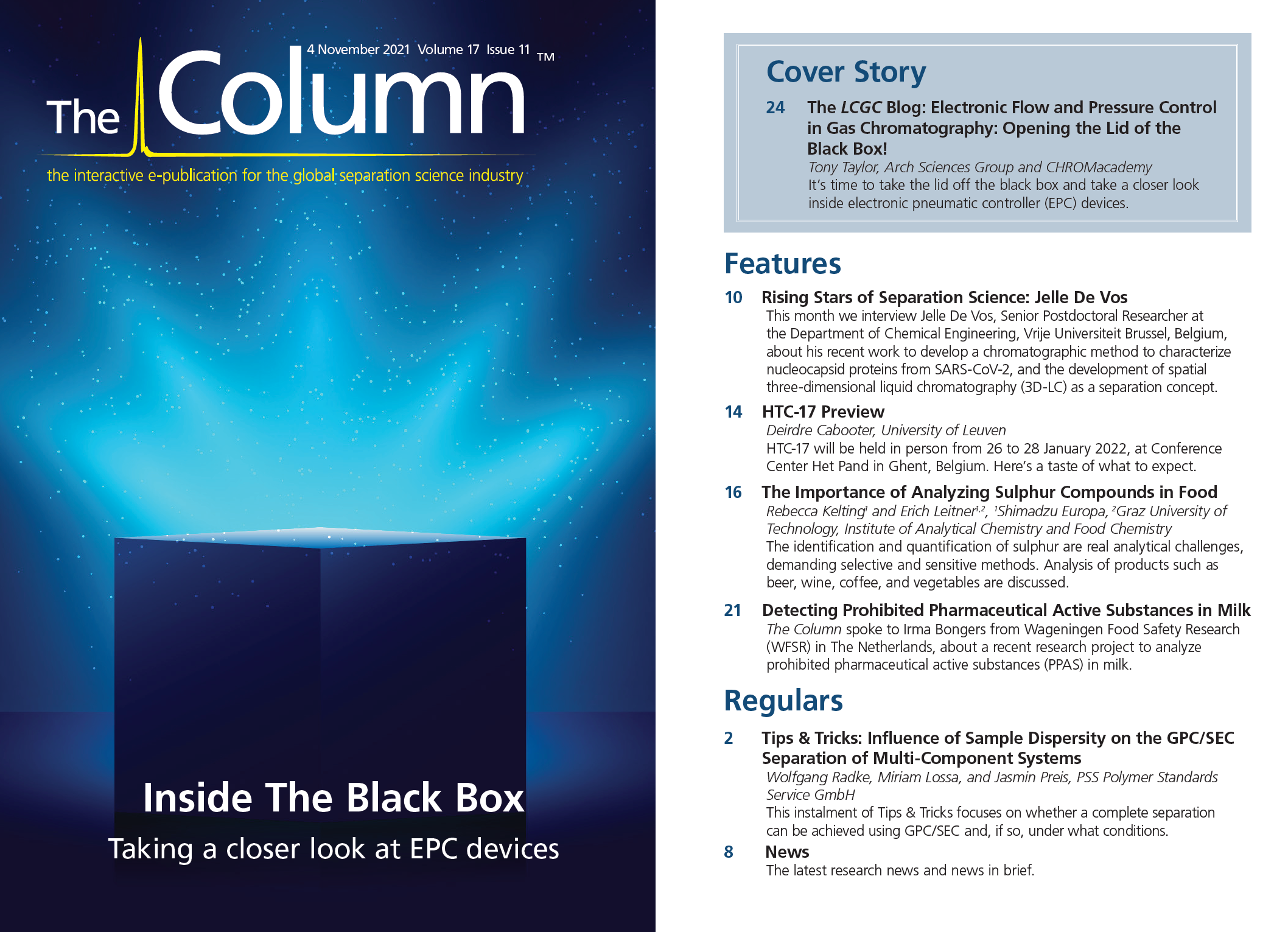Rising Stars of Separation Science: Jelle De Vos
This month we interview Jelle De Vos, Senior Postdoctoral Researcher at the Department of Chemical Engineering, Vrije Universiteit Brussel, Belgium, about his recent work to develop a chromatographic method to characterize nucleocapsid proteins from SARS-CoV-2, and the development of spatial three-dimensional liquid chromatography (3D-LC) as a separation concept.
Q. When did you first encounter chromatography and what attracted you to the subject?
A: Analytical chemistry and chemical analysis were very important subjects when studying chemistry at Ghent University. It was Pat Sandra who introduced me to the world of chromatography. In his own style, he told us about “where chromatography made the difference”, and his recollection of how he became “the analytical scientist that saved Belgium” during the Belgian dioxin crisis in 1999. What I found most fascinating is how this technique and these “complicated” machines were able to quantify minute amounts of analyte molecules in a sample. This persuaded me to specialize in analytical chemistry during my M.Sc. studies, which is where I took the course “Advanced Chromatography”. Frederic Lynen, along with guest speakers Roman Szucs and Gert Desmet, showed me the current state-of-the-art in separation sciences. Intrigued by the challenges of new technology and the fundamentals of liquid chromatography (LC), I finished my M.Sc. thesis at the Vrije Universiteit Brussel (VUB) in the group of Sebastiaan Eeltink. Back then, 2.6-µm core–shell particles found their reintroduction into the field, which was the perfect opportunity for me to learn more about LC.
Q. Can you tell us more about your Ph.D. thesis?
A: Making scientific discoveries and trying to make the difference by pushing the field forwards have always been my main motivators to stay in academia and pursue a Ph.D. I was fortunate to have the opportunity to work on many diverse projects. One part of the thesis focused on advances in ultrahigh-pressure liquid chromatography (UHPLC) technology, including system design and pushing the performance limits of LC by working at 1500 bar using 1.5-µm core–shell particles. The intrinsic time and performance gains at these conditions were demonstrated for a complex mixture of wastewater pollutants. In addition, the possibilities and limitations of method speed up for the separation of native proteins using aqueous size-exclusion chromatography (SEC) were explored.
The other part of the thesis described the fundamental and applied work that I’d done on a generic postcolumn refocusing strategy that mediated the effects of chromatographic dilution. This approach involved trapping target analytes on a trap column, after an analytical separation, and focusing them using a strong solvent before detection, which resulted in signal enhancement. Lately, this approach has gained more interest in two-dimensional LC (2D-LC).
Q. What chromatographic techniques have you worked with?
A: All liquid chromatography modes for both small-molecule analysis and bioanalysis. Recently, I have been working more on multidimensional LC and LC–mass spectrometry (MS) hyphenation.
Q. You recently developed an analytical hydrophobic interaction chromatography (HIC) multi-angle light scattering (MALS) detection method to characterize SARS-CoV-2 nucleocapsid protein (1). What is novel about this approach and what does it offer over other methods?
A: In this study we produced for the first time high titers of nucleocapsid protein (NP) from SARS-CoV-2 expressed in E. coli with a CASPON tag, and established a fully optimized downstream processing (DSP) approach. The HIC–MALS analytical step allowed for fast and reliable screening of product quality from the different iterations when optimizing DSP. The molecular weight information from MALS showed us that the main NP fraction is consistent with a dimerized protein, which was exciting to discover since not much was known about SARS-CoV-2 back then. The main advantage of this HIC–MALS method is that it allows for a screening method of biomolecules under native conditions, providing equivalent information to traditional reversed-phase LC–MS methods.
Q. What challenges did you encounter when developing this method and how did you overcome them?
A: The most challenging part of completing the research was optimizing and completing the method during the pandemic, when many travel and work restrictions were imposed. The
HIC–MALS method itself produced the data we required after some optimization work. Getting the required mass tuning and accuracy in order was a bit more challenging, but fortunately I could rely on very skilled colleagues.
Q. How will this research benefit further SARS-CoV-2 analysis?
A: This research was part of a unique multi-department effort at the University of Natural Resources and Life Sciences (BOKU) to study SARS-CoV-2 antigens. A comprehensive evaluation of antigens from several biotechnological platforms was performed to identify reliable candidates for serodiagonstic tests. Two easy‑to‑implement SARS-CoV-2 ELISA antibody tests, based on the spike receptor binding domain and the nucleocapsid protein, were developed and evaluated using time-resolved acute and early convalescent samples from hospitalized COVID-19 patients.
Q. Your main area of research is focused on establishing spatial three‑dimensional liquid chromatography (3D-LC) as a separation concept (2). Can you talk a little about the theory behind this concept?
A: It was the late Georges Guiochon who advocated to revisit planar chromatography and showed the potential of spatial chromatography in the 1980s. In spatial 3D‑LC, components are separated in the spatial domain of a separation device, with each compound band being characterized by X, Y, and Z coordinates in a three‑dimensional separation body. The sample compounds are simultaneously introduced from one dimension to the following, and their development occurs in parallel, leading to a substantial gain in analysis time compared to conventional multidimensional LC. Our group at the VUB realized the first prototype devices for spatial LC and has been developing the technology from the ground up. Many challenges lay in getting the devices leak‑tight at high operating pressures of several hundreds of bar, introducing the stationary phase in microfluidic channels that were sub‑500‑µm internal diameter (i.d.), and achieving a parallel flow control and injection mechanism. Luckily, the toolbox of the engineer working with microfluidic devices has been expanded lately with the advent of novel thermoplastic materials and 3D-printing technology.
Q. What projects are you working on next?
A: I am confident that microfluidic technologies will overtake the analytical laboratory simply because they offer much more versatility, with integrated components on one module and user‑friendly modular devices at lower production costs over conventional technology. My recent projects focus on new microfluidic devices and technology for multidimensional liquid chromatography and hyphenation to mass spectrometry.
Q. What advice would you give to someone who wants to focus their research on spatial 3D-LC?
A: This project requires insights from both separation science and engineering science, which increases the challenge significantly to create a viable prototype device. My main advice would be to always keep the target application in mind and, most importantly, the operator. Many technologies have failed because they were too difficult to handle or showed too little advantage over conventional technology. With spatial 3D-LC being a new technology in separation science, it is important to have all the building blocks right from the start.
References
- J. De Vos et al., Talanta 235, 122691 (2021).
- T. Themelis, A. Amini, J. De Vos, and S. Eeltink, Analytica Chimica Acta 1148, 238157 (2021).

Jelle De Vos is a Senior Postdoctoral Researcher at the Department of Chemical Engineering of the Vrije Universiteit Brussel, in Belgium. He studied chemistry at Ghent University and obtained his M.Sc. degree in 2012. In the same year, he started to work as a doctoral researcher in the Bio‑Analytical Separation Science Group at VUB. Jelle conducted research on advancing the performance limits of ultrahigh-pressure liquid chromatography (UHPLC) technology and developing a novel solvent‑assisted modulation strategy for multidimensional separations. His Ph.D. thesis was supervised by Prof. Dr. Sebastiaan Eeltink and Prof. Dr. ir. Gert Desmet. He obtained his Ph.D. in engineering sciences in 2016. Following his Ph.D. studies, he was selected for an FWO Postdoctoral Fellowship, which was extended in 2019. He performed an international research stay at the Institute of Bioprocess Science and Engineering at the University of Natural Resources and Life Sciences in Vienna (Austria) in 2019–2020, under the supervision of Prof. Dr. Alois Jungbauer. Whilst there, his research focused on mass transfer in microfluidic devices, applied biopharmaceutical processing (downstream processing), and analytics of antibodies and proteins from SARS-CoV-2.
Rising Stars of Separation Science
The Column will be running a series of interviews in 2021, featuring the next generation of separation scientists. If you would like to nominate a “rising star” for consideration, please send the name of the candidate and why they deserve recognition to Alasdair Matheson, Editor‑in‑Chief, LCGC Europe and The Column at amatheson@mjhlifesciences.com

Common Challenges in Nitrosamine Analysis: An LCGC International Peer Exchange
April 15th 2025A recent roundtable discussion featuring Aloka Srinivasan of Raaha, Mayank Bhanti of the United States Pharmacopeia (USP), and Amber Burch of Purisys discussed the challenges surrounding nitrosamine analysis in pharmaceuticals.
Silvia Radenkovic on Building Connections in the Scientific Community
April 11th 2025In the second part of our conversation with Silvia Radenkovic, she shares insights into her involvement in scientific organizations and offers advice for young scientists looking to engage more in scientific organizations.
Regulatory Deadlines and Supply Chain Challenges Take Center Stage in Nitrosamine Discussion
April 10th 2025During an LCGC International peer exchange, Aloka Srinivasan, Mayank Bhanti, and Amber Burch discussed the regulatory deadlines and supply chain challenges that come with nitrosamine analysis.
Silvia Radenkovic on Her Research and Passion for Scientific Collaboration
April 3rd 2025Silvia Radenkovic is a laboratory clinical biochemical genetics fellow at UMC Utrecht, the Netherlands and a member of Females in Mass Spectrometry (FeMS). She is currently doing a clinical fellowship where she is involved in diagnosing and helping treat patients with inborn metabolic diseases (IMD). Her research focuses on IMD such as congenital disorders of glycosylation (CDG), omics techniques such as tracer metabolomics, and different disease models.












